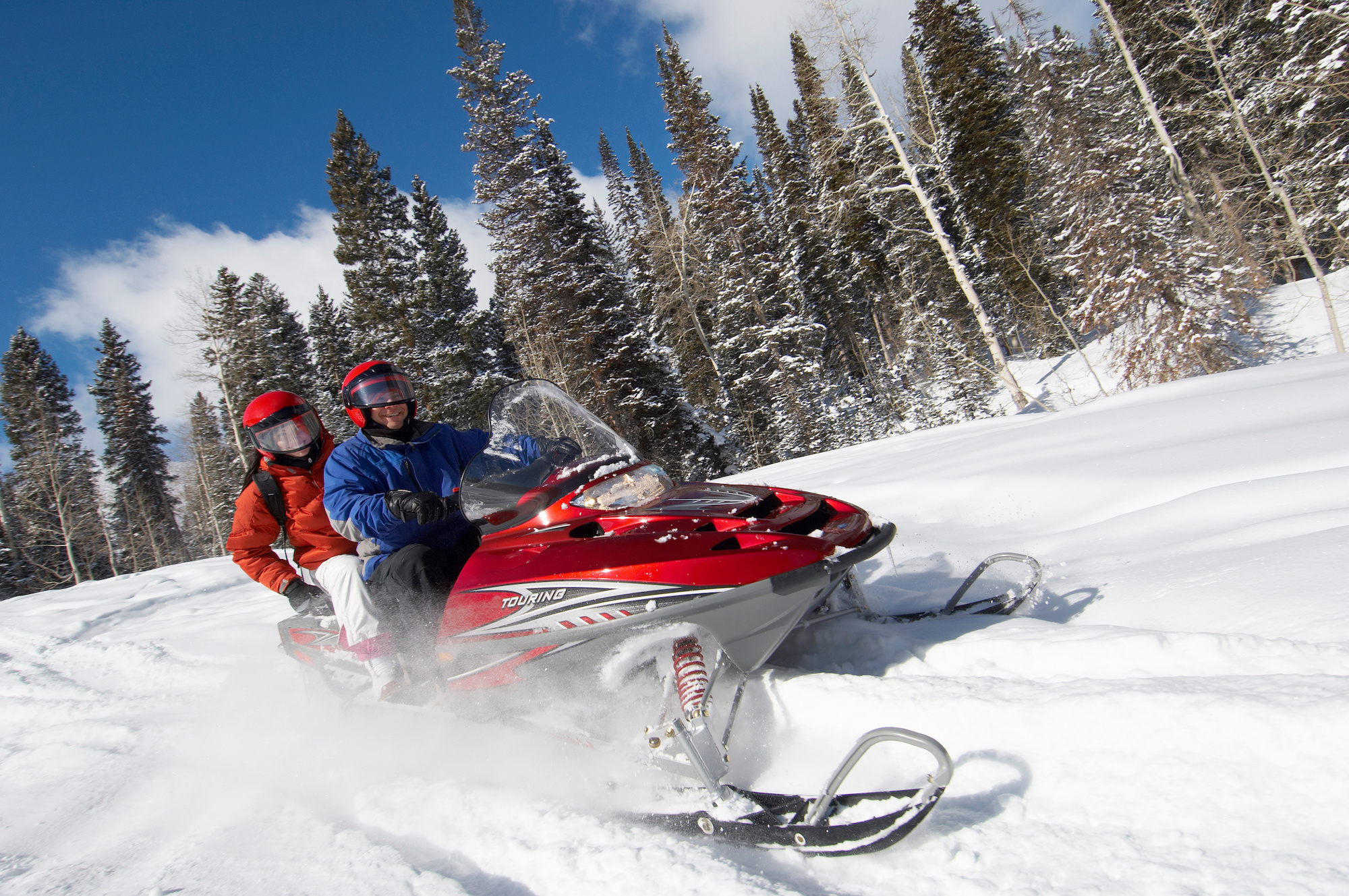Do you like the idea of plowing through snow at speeds of up to 150 mph? If so, you’ll want to get into the high-thrill sport of snowmobiling.
This winter activity is growing in popularity as people discover the joy of using high-powered vehicles in frozen landscapes.
But what do you need to do to get started? Let’s take a look.
Obtain the Equipment You Need
If you live in Canada, you should be able to access snowy areas ripe for snowmobiling for most of the winter and spring. Vast swathes of the country are a white-out during these seasons.
Before you start, check you have the right equipment. You will need:
- Snow jacket and pants or snowmobile suit
- A full-face helmet or full-face heated helmet
- UV-rated goggles
- A GPS unit if you are travelling into the wilderness
- A flashlight to see in the dark
- A whistle for emergencies
Skimping on any of these items could lead to hypothermia or severe injury, so always buy the recommended products. It is worth paying a little extra to ensure you get things that will protect you, just like any other extreme sport.
Buy or Hire a Snowmobile
Step two is to buy or hire a snowmobile.
If you are a complete beginner, hiring is the better option. You can get a feel for the sport to see if you like it and choose a vehicle for your skill level.
Most novices start on smaller 600 cc sleds and work up to the larger 1,200 cc, 150 bhp models. Less powerful snowmobiles make it easier to get to grips with the feel of the vehicles on snow and help you avoid accidents.
If you rent but don’t have any prior experience, some outfits will recommend taking a few lessons first on how to pilot the vehicle. These ensure you know what all the controls do and what to expect when moving at speed on the snow.
If you buy a snowmobile, ensure you pick the right one for your intended activities. Trail and mountain snowmobiles are for off-road sports enthusiasts, while utility snowmobiles are for individuals who work in the snow. Cross-over snowmobiles offer features of both, allowing you to buy one instead of two vehicles.
Take Lessons
Before heading out to the trails, get instructions on how to use a snowmobile properly. Prior lessons will improve your experiences later on.
You should understand how to:
- Start and stop
- Maneuver left and right
- Ride within your limits
- Handle your snowmobile in different terrains
- Respect wildlife
Professional snowmobile riding requires an in-depth understanding of the environment and the challenges you will face. Piloting vehicles feels different on ice compared to snow. And you’ll need instruction on how to navigate hills, slopes, and bumps.
Plan Your Routes Ahead of Time
Once you know how to ride a snowmobile, the next step is to plan your route and tell someone where you are going. Knowing where you are is essential if you get stuck in the wilderness because of a mechanical breakdown or crash.
You should plan your snowmobile route on digital GPS devices and physical maps (just in case your battery fails). Take a compass and keep a physical map copy that mimics your GPS route in the stowage compartment.
Also, ensure you check the weather forecast before you set off. Don’t ride in storms or poor visibility, as it can increase the risk of getting lost or crashing.
Join a Snowmobiling Club
You should also join a snowmobiling club to improve your knowledge of the sport and reduce the risk of harm. Being a part of a group makes it easier to find great trails and incorporate snowmobiling into your life. Enthusiasts can also assist you with things like trial etiquette and how to avoid trespassing on private property.
Perform Pre-Ride Checks
Before heading out on your snowmobile, ensure you perform essential pre-ride checks. Always prepare thoughtfully because weather and terrain conditions can change rapidly.
- Always check your fuel level before going out to ensure sufficient gas is in the tank.
- Don’t go off-trail into unfamiliar areas, regardless of how inviting they might look.
- Ride at a sensible speed for the terrain and your experience level.
- Ride slowly over bumps and other obstacles.
Get Financing for a Snowmobile
So, there you have it: snowmobiling for beginners. If you need financing for a snowmobile, reach out to specialists like us. National Powersports Financing helps you get approved even with bad credit, giving you ultimate buying power.

Comments